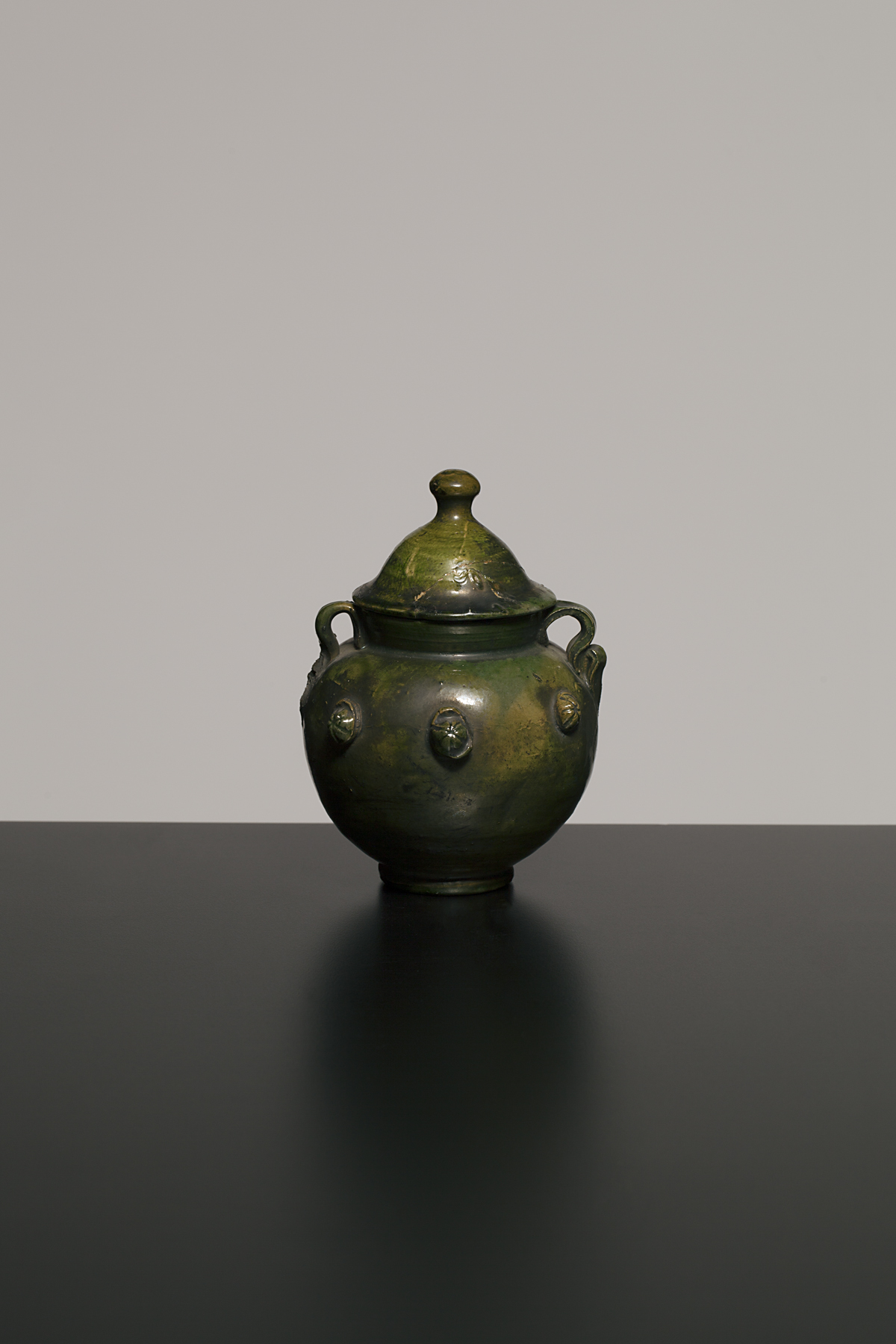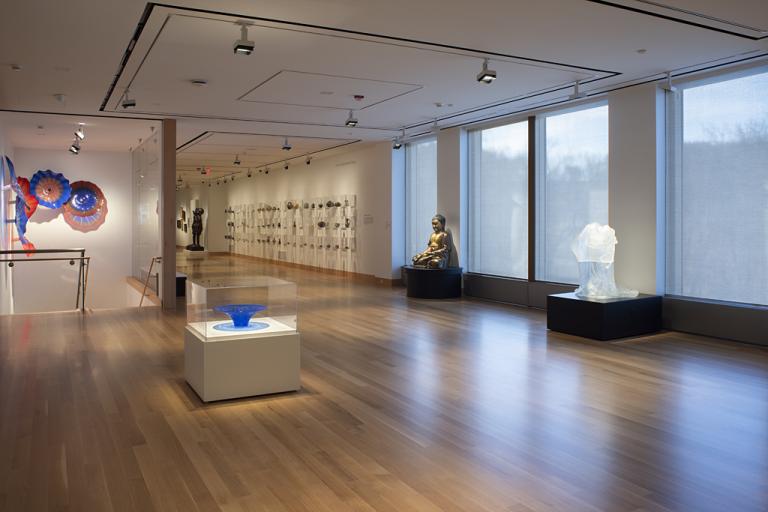sugar bowl with lid, unknown maker from Mexico
Artwork Overview
sugar bowl with lid
, late 1800s–1998
Where object was made: Mexico
Material/technique: ceramic; glaze
Dimensions:
Object Height/Diameter (Height x Diameter): measured together 12.5 x 10 cm
Object Height/Diameter (Height x Diameter): 4 15/16 x 3 15/16 in
Object Height/Diameter (Height x Diameter): measured together 12.5 x 10 cm
Object Height/Diameter (Height x Diameter): 4 15/16 x 3 15/16 in
Credit line: The Father Felix Nolte Collection from the Benedictine College Museum
Accession number: 2007.4661.a,b
On display: Stewart Gallery
If you wish to reproduce this image, please submit an image request





